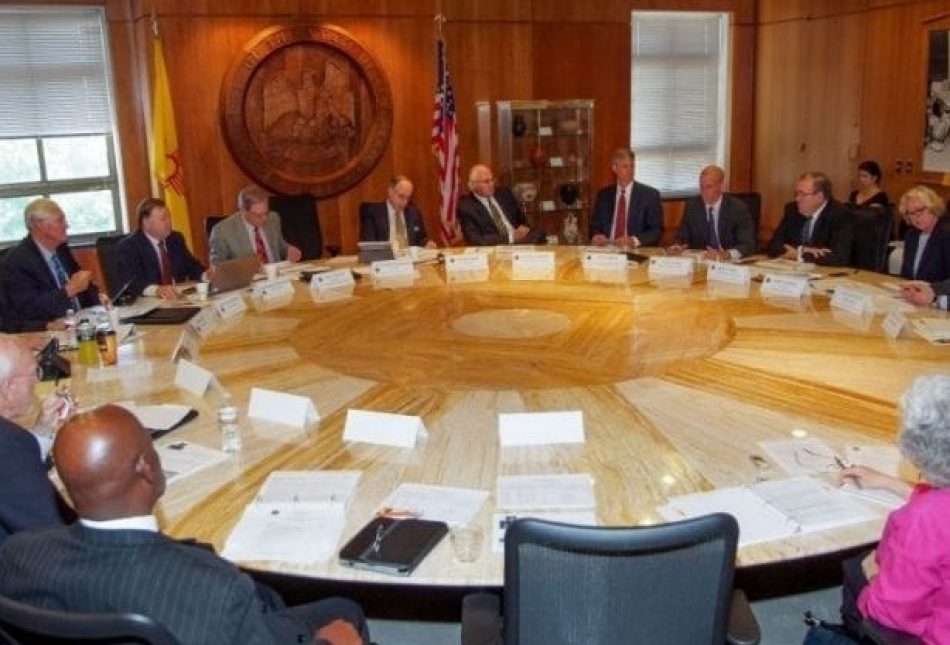State Has Made Strides in Transparency

Over the past couple years, New Mexico state government has made grade strides toward increased transparency. Citizens can now watch or listen to floor sessions and both Houses now have floor votes online. Even better, this session, legislation setting up New Mexico’s own “Sunshine Portal” became law. This portal will put convenient and freely accessible information about government finances at the citizens’ fingertips.
The Rio Grande Foundation applauds the bipartisan effort of the Legislature and commends organizations like Foundation for Open Government for the valuable role this organization plays in furthering the very important issue of government transparency.
We, too, have enjoyed working to make government more accountable to New Mexico’s taxpayers with the launch of our legislative tracking site, NewMexicoVotes.org, and our new government-spending site that is soon to launch.
But there is much still to be done in this state. The Rio Grande Foundation has created a list of eight simple steps needed to really boost government transparency in New Mexico.
- Require NM state and local government entities, including school districts, to provide information electronically whenever requested, in response to information requests. Though we are a full decade into a new millennium and the 21st century, government entities in New Mexico usually send stacks of paper documents to the Rio Grande Foundation in response to our public information requests; that is when they actually follow the law and send us the information. Government hurts the environment and increases costs in numerous ways for its own entities when it insists on providing information on paper.
- Reduce the amount that government entities are allowed to charge for information provided on paper. Current law allows up to $1.00 per page for copying costs. It does not cost $1 to make a copy.
- Require government entities to give preference to the citizen and the taxpayer over government and bureaucrats in issues of transparency.
- Require the state and local school districts to post online the percentage and total amount of money appropriated that goes to administrators and bureaucrats vs. teachers and the classroom.
- Bureaucrats who deal with the public should be required to wear name tags. There should be signs posted at each of their windows/counters notifying the public of the right to file a complaint if they feel the bureaucrat has violated their rights, or abused power. They should provide surveys periodically for the public customers to rate them. Private companies do this willingly. Government should be required to as well, and the results should be made public. There should be a way for these complaints to be resolved by an entity that is not predominantly comprised of government officials.
- Require the larger local governments to launch transparency sites like the one Mayor R. J. Berry is about to launch for the city government of Albuquerque.
- Require calls and emails concerning government matters to be returned to customers within two business days.
- Require judicial records to be posted online. There should be a layman’s summary of each case and the result. What are the DUI conviction rates? What kinds of sentences do they hand down for what crimes?
As much improvement as the state has made recently in coming on board with the transparency movement that is sweeping the nation, it has a long way to go before it actually enters the 21st century and joins the rest of the country in being truly progressive on government transparency.
The government was created to serve its citizens. Rather than stonewalling and making it difficult for citizens to find out what their elected officials are doing with their money, our elected leaders should enlist engaged citizens in efforts to squeeze waste, fraud, and abuse out of state and local government. Adopting some or all of the initiatives above will go a long way to increasing citizen involvement and making government more efficient.

